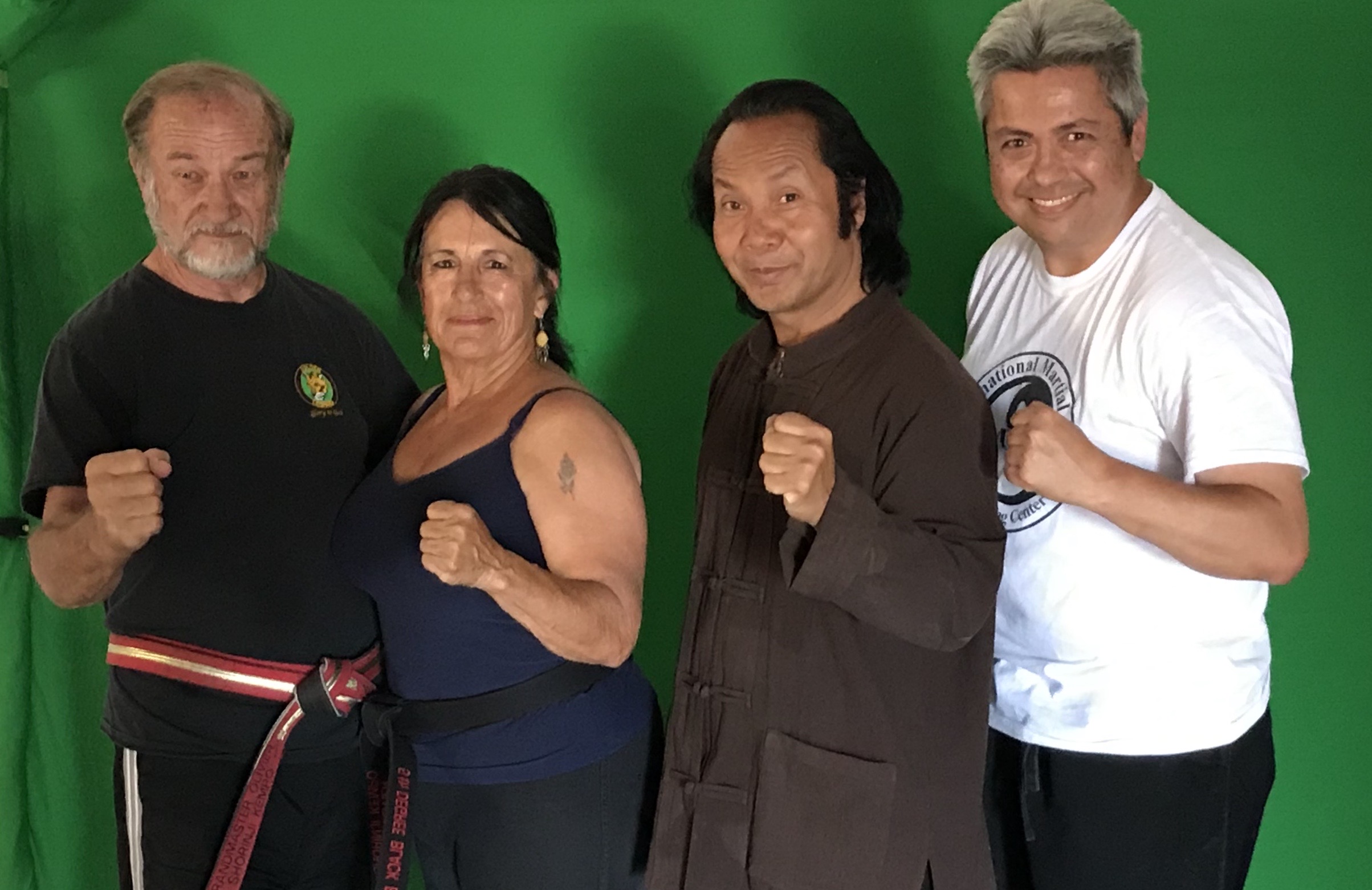In the 1990s, when I opened my first martial arts school, I found myself with some extra time and curiosity—so I started taking Tai Chi lessons at a local kwoon. The training was both difficult and enlightening. The smooth flow and meticulous attention to movement not only improved my Tai Chi skills but also elevated my Kempo and Ninjutsu. I was surprised by how much better my movements became, even in the arts I had practiced for years.
Learning a new martial art—especially one related to or “upstream” of your current style—is like learning a new language. It opens your mind to different ways of thinking, moving, and analyzing. It helps you see your own art from new vantage points, enriching your understanding and giving you tools to compare, contrast, and innovate. In short, it makes you smarter and better.
The Value of Cross-Training
There’s a widespread myth in martial arts circles: “My style is complete. I don’t need anything else.” While confidence in your system is important, believing it has nothing left to learn is dangerous. Styles can become stale, rigid, or even obsolete if they don’t adapt to evolving threats, technologies, and training methods.
Seminars and workshops are great opportunities to expand your horizons. They offer new perspectives, present theories that can be adapted into your practice, and sometimes clarify things you’ve forgotten or misunderstood. If an art is truly “complete,” why would other systems continue to be equally (or more) effective?
Avoiding Style Bigotry and Lineage Myopia
Don’t fall into the trap of believing that only one style—or one lineage—is superior. Just as tools are built for specific tasks, martial arts styles are designed to address different needs and situations. Everyone’s art comes from somewhere. Every modern style is the result of modification, adaptation, and cross-pollination between different masters.
Some martial artists obsess over lineage. You’ll hear things like, “That master is no good. Only my lineage is correct and pure.” While those words may not be direct quotes, the sentiment is real—and limiting.
Consider this: many Okinawan masters traveled from village to village collecting kata and learning from local experts. They built what we now call Karate by combining what they found. Jigoro Kano, the founder of Judo, studied multiple Jujutsu systems before synthesizing his own approach. Yet today, anything that deviates from his original teachings is often dismissed as “not real Judo.”
We are repeating this same process—whether we realize it or not. The key is to cross-train with purpose and a strong foundation. Ideally, you should be a black belt or equivalent in your primary style before exploring others. That way, you have a point of reference to appreciate and absorb what you’re learning truly.
Are There Any “Complete” Martial Arts?
In my opinion, very few martial arts are truly complete—and those that come close are traditional Chinese systems. They incorporate martial technique, healing practices, spiritual development, two-person forms, oral traditions, herbal medicine, and even weapon crafting. They go beyond fighting to encompass holistic development.
However, even these comprehensive systems are vulnerable to erosion. Over time, pieces are lost, simplified, or neglected based on the lineage holder’s personal preferences. Styles begin to resemble religious traditions—devoted followers, strict doctrines, and arguments over whose “truth” is more valid.
Expand, Explore, Evolve
True martial arts must work under pressure, not just in theory. Don’t walk around declaring, “My style is better than your style.” It’s not the style that wins fights—it’s the skill, adaptability, and training of the practitioner.
Open your mind. Test your assumptions. Learn from other traditions. By embracing a broader view, you empower yourself to explore, experiment, and evolve.
Disagree with my assessment? I’d love to hear your thoughts in the comments below. Let’s keep the conversation—and the growth—going.




While I VERY much agree that a person should study more than one martial art, I also feel they should first find one that meets their core learning desires, throwing, punching, kicking, locking, then after obtaining a second or third degree in that art, then branch out and learn other arts as well.
At this point they can take on more than one at a time, time in the week permitting, but I feel they should get a good grip on one style and learn most of what that art has to teach to build off of.
The “my system is the only system” and “my system is the best” tends to bother me as well…
Don, thank you for the reply. There is wisdom in waiting to “branch out” to achieve a solid understanding of one’s original art. I’ve seen too many people leave their art to study something “more effective” just as they were getting to a good stage of their development. The art is partially subjective requiring someone from the outside (like one’s instructor) to help us determine where we are. It’s difficult from the training point of view to see how well we’re actually doing.